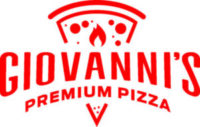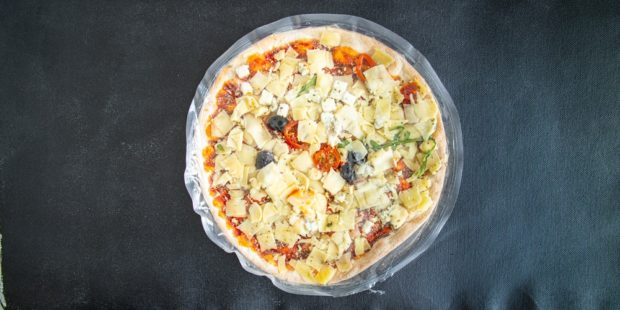Frozen pizza has become a staple in many households, known for its convenience and variety. Whether it’s a busy weeknight or an unexpected gathering, frozen pizza offers an easy solution for satisfying hunger without much fuss. But while it may be convenient, it’s worth examining both the benefits and the challenges associated with this popular frozen food.
The Goodness of Frozen Pizza
Convenience and Time-Saving
One of the most significant advantages of frozen pizza is its convenience. On a busy day when you don’t have the time or energy to cook a full meal, frozen pizza provides an easy and quick solution. All you need to do is preheat the oven, unwrap the pizza, and bake it. Within minutes, you have a meal ready to go. This makes it an ideal choice for busy professionals, students, and families alike.
Variety of Options
Frozen pizza offers an impressive variety of options to suit different tastes and dietary needs. From classic pepperoni and cheese to gourmet toppings like truffle oil and goat cheese, there’s a frozen pizza out there for everyone. Additionally, many brands offer gluten-free, vegan, and low-fat options, making it easier for people with specific dietary restrictions to enjoy pizza without compromising their health goals.
Cost-Effective Meal Solution
Frozen pizza is often more affordable than dining out or ordering takeout. It allows you to enjoy a pizza without the added costs of delivery fees or restaurant markups. Purchasing frozen pizza in bulk or during sales can further enhance cost savings, making it a budget-friendly meal option.
The Challenges of Frozen Pizza
Nutritional Concerns
While frozen pizza offers convenience, it’s important to be aware of its nutritional content. Many frozen pizzas are high in calories, saturated fats, and sodium, which can contribute to health issues if consumed in excess. Processed ingredients and preservatives may also be present in some frozen pizzas, which can affect overall health. It’s advisable to check the nutritional label and choose options with lower sodium and healthier ingredients whenever possible.
Quality Variability
Not all frozen pizzas are created equal. The quality of the crust, sauce, and toppings can vary significantly between brands and even different varieties from the same brand. Some frozen pizzas may have a soggy crust, lackluster sauce, or skimpy toppings, which can lead to a disappointing meal. It may require some experimentation to find a brand and variety that consistently meets your taste preferences.
Environmental Impact
Frozen pizza packaging often includes multiple layers of materials, including plastic and cardboard. This packaging can contribute to environmental waste, especially if not properly recycled. Additionally, the energy required for freezing and transportation adds to the carbon footprint of frozen pizza. Being mindful of these environmental impacts can help you make more sustainable choices, such as opting for brands that use eco-friendly packaging or reducing your overall consumption of frozen foods.
Tips for Enjoying Frozen Pizza
Upgrade Your Pizza
One way to improve the quality of frozen pizza is to enhance it with additional toppings. Adding fresh vegetables, extra cheese, or cooked meats can elevate the taste and nutritional value of your pizza. You can also experiment with different herbs and spices to give your pizza a personalized touch.
Opt for Healthier Choices
To address nutritional concerns, look for frozen pizzas made with whole-grain crusts, lower-fat cheeses, and reduced sodium content. Some brands also offer pizzas with added vegetables or lean proteins, which can help balance out the meal and provide better nutrition.
Recycle Responsibly
When disposing of frozen pizza packaging, make sure to recycle it properly. Check local recycling guidelines to ensure that you are separating materials correctly and using designated recycling bins. Some brands may also offer recycling programs or use more sustainable packaging options, so consider supporting those products when possible.
Conclusion
Frozen pizza offers a blend of convenience, variety, and cost-effectiveness, making it a popular choice for many households. However, it also comes with challenges, such as nutritional concerns, quality variability, and environmental impact. By making informed choices, such as opting for healthier options and recycling responsibly, you can enjoy frozen pizza while minimizing its drawbacks. Whether you’re a fan of classic cheese or adventurous with gourmet toppings, frozen pizza can be a delicious and practical addition to your meal repertoire.

